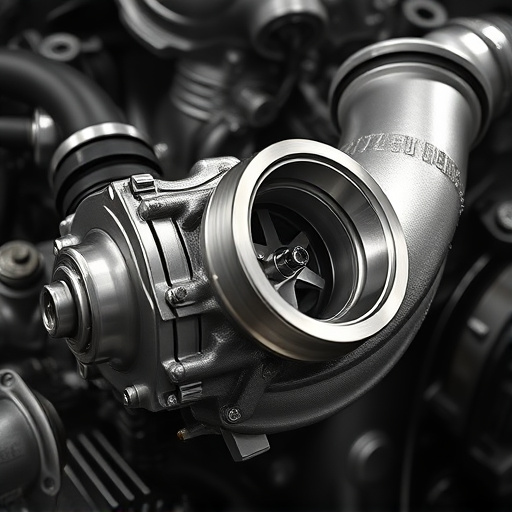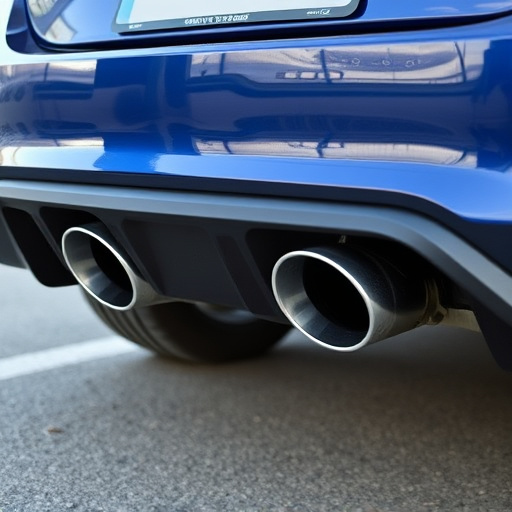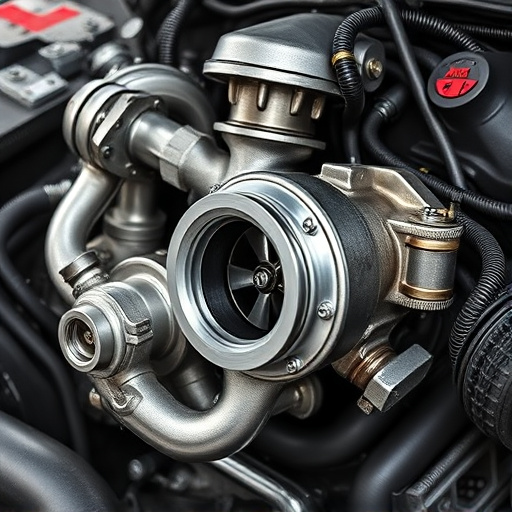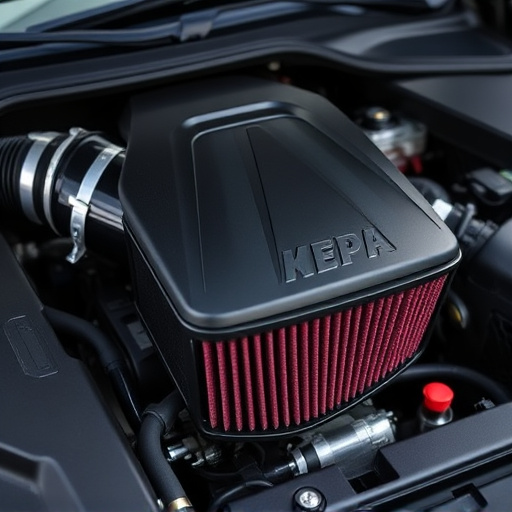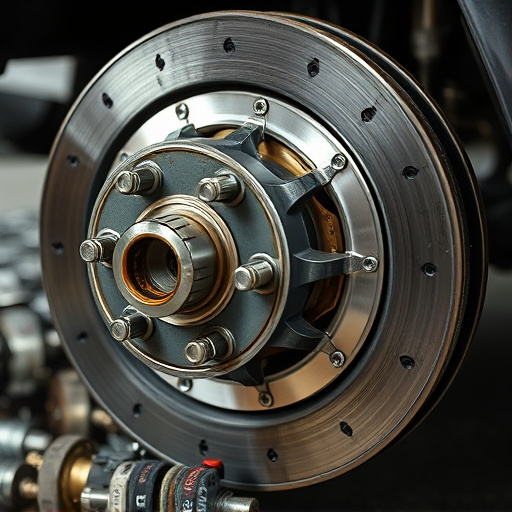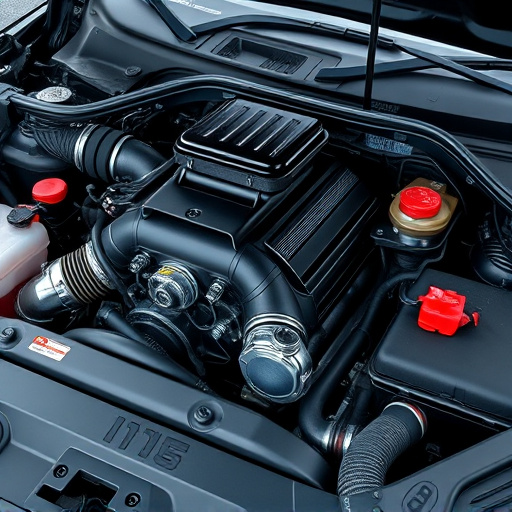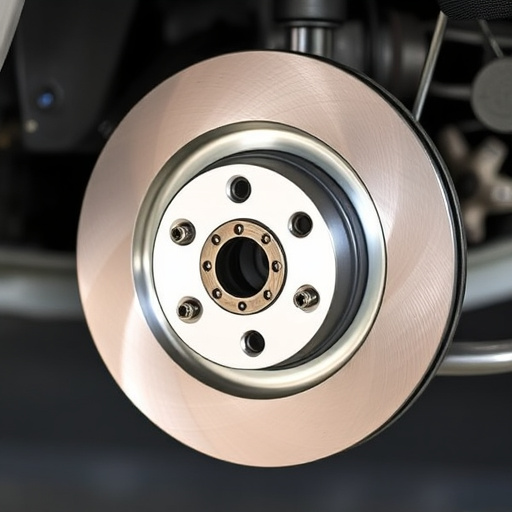Suspension arm bushings are critical for vehicle safety and performance, experiencing regular wear that can impair stability and handling. Replacement intervals vary based on driving conditions, age, and suspension quality, ranging from 30,000 to 60,000 miles. Proactive maintenance, including regular inspections and timely replacements (every 30,000-50,000 miles or annually), enhances steering precision, ride quality, and prevents costly suspension failures. Integrating replacement intervals for related components extends part lifespans and improves the overall driving experience.
Looking to optimize your vehicle’s performance and handling? Understanding suspension arm bushing replacement intervals is key. This guide delves into the essential role of suspension arm bushings, factors affecting their lifespan, and expert-backed recommendations for timely replacements.
Learn how regular maintenance can enhance safety, improve ride quality, and prevent costly repairs associated with worn-out suspension arm bushings.
- Understanding Suspension Arm Bushings and Their Role
- Factors Influencing Replacement Intervals
- Expert Recommendations and Best Practices
Understanding Suspension Arm Bushings and Their Role
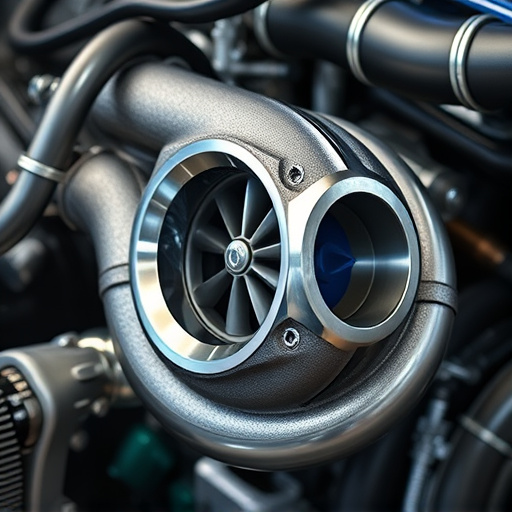
Suspension arm bushings play a crucial role in ensuring optimal vehicle performance and safety. These components act as bearings that facilitate smooth movement between the suspension arms and other critical parts of your vehicle’s chassis. By allowing for slight flexibility and absorbing shock, they contribute to better handling, reduced noise, and improved ride quality. Regular wear and tear over time can lead to their deterioration, affecting vehicle stability and performance.
Understanding when to replace these bushings is essential for maintaining your vehicle’s longevity. Experts recommend replacing suspension arm bushings based on factors such as driving conditions, vehicle age, and the overall state of other suspension components like shock absorbers and coil springs. Unlike air filter kits or brake components that require frequent replacement, bushing intervals can vary widely but generally fall between 30,000 to 60,000 miles, depending on usage and environmental conditions.
Factors Influencing Replacement Intervals
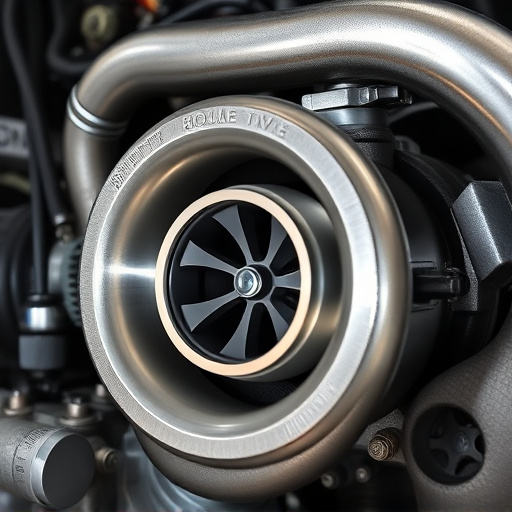
The replacement interval for suspension arm bushings can vary significantly based on several factors. One of the primary influences is the driving conditions and terrain an automobile frequently encounters. Rough road surfaces, frequent off-road adventures, or daily commutes involving sharp turns and abrupt stops will wear out bushings faster compared to smoother urban drives.
Additionally, the overall quality and design of the suspension system play a crucial role. Vehicles with more robust suspension setups often have longer-lasting bushings, while those with stock or lower-quality components might require replacement at shorter intervals. Regular maintenance practices, including timely lubrication and inspection, can also contribute to extending the lifespan of these parts, alongside replacing worn-out exhaust mufflers, air filter kits, and intake components as needed.
Expert Recommendations and Best Practices
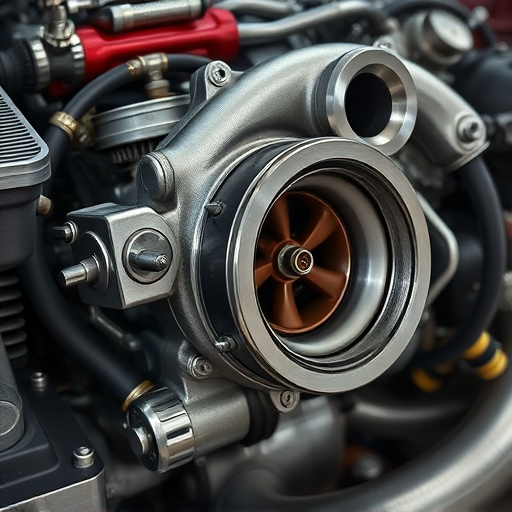
When it comes to replacing suspension arm bushings, experts recommend a proactive approach. According to leading automotive specialists, regular inspections and timely replacements are key to maintaining optimal vehicle performance and safety. They suggest that drivers consider swapping out bushings every 30,000 to 50,000 miles or at least once a year, whichever comes first. This best practice not only enhances steering precision and ride quality but also prevents more costly suspension component failures in the future.
Additionally, professionals advocate for a holistic view of vehicle maintenance by integrating replacement intervals for other critical suspension components like air filter kits and coilover kits into the equation. By regularly evaluating all suspension elements, drivers can ensure their vehicles remain in top condition. Such proactive care not only extends the lifespan of parts but also contributes to improved handling and overall driving experience.
Suspension arm bushings play a crucial role in maintaining vehicle stability and comfort. Regular replacement, based on factors like driving habits, road conditions, and vehicle age, is recommended by experts. Following best practices for maintenance ensures optimal performance and safety. By understanding the intervals and adhering to expert advice, car owners can extend the life of their suspension components, enhancing overall vehicle reliability.
